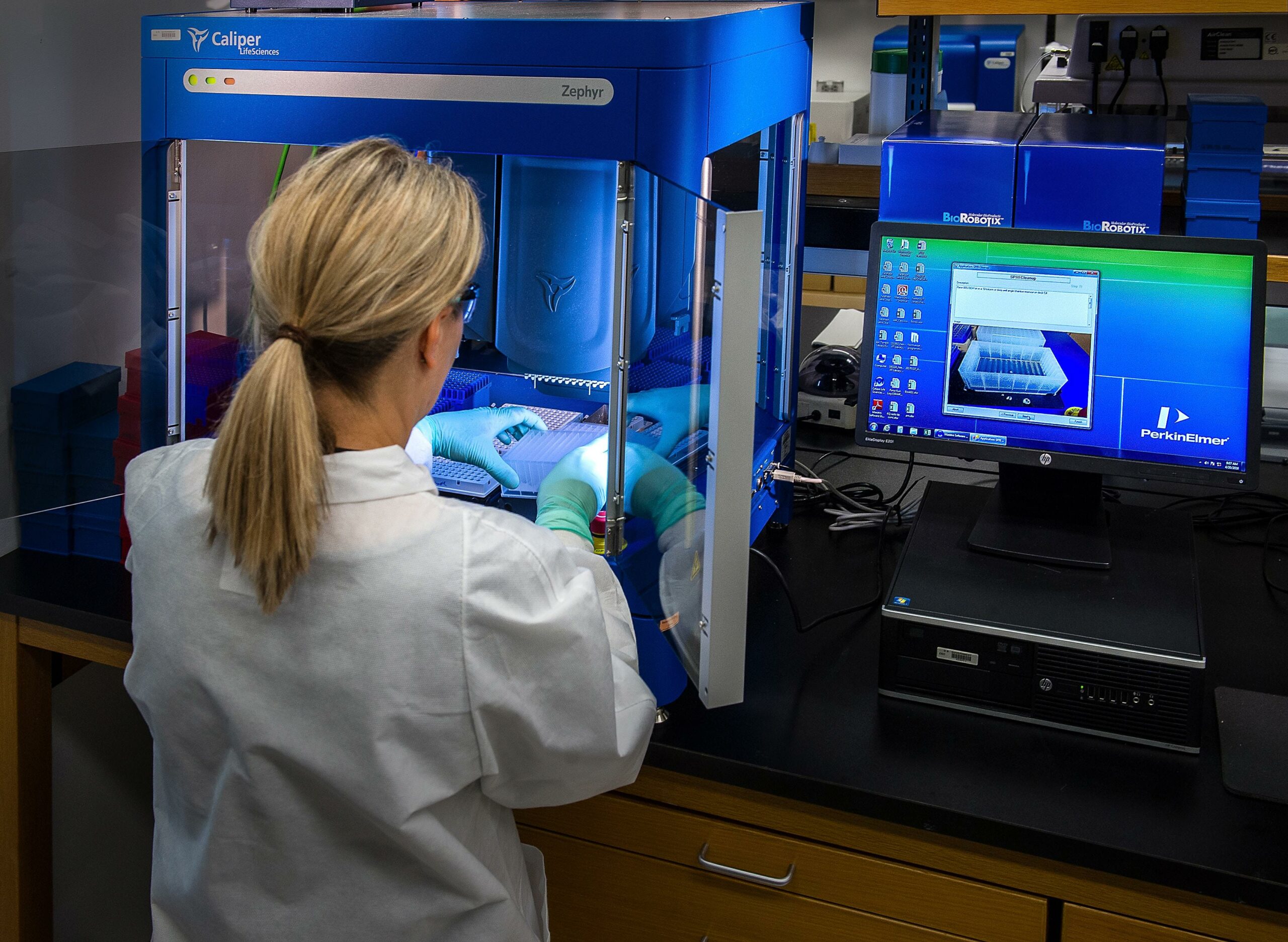Are you ready to dive into the fascinating world of compound microscopes? Get ready for a mind-blowing adventure as we unlock the secrets of the microscopic world. In this article, we will delve into the intriguing and awe-inspiring facts about compound microscopes. Whether you’re a seasoned scientist or someone with a curious mind, prepare to be amazed by the wonders hidden within the microscopic realm. So, fasten your seatbelts, grab your magnifying glass, and let’s embark on a journey of discovery!

Compound Microscope Facts
Compound microscopes are fascinating tools that allow us to unlock the secrets of the microscopic world. Let’s dive into some intriguing facts about these invaluable instruments.
Magnification Range: One of the most remarkable features of compound microscopes is their ability to magnify objects to a level that our naked eyes cannot comprehend. These microscopes typically have a magnification range between 40x and 1000x, enabling us to observe minuscule details with ease.
Multitude of Lenses: Compound microscopes utilize multiple lenses, including two or more convex lenses, to magnify the image. The combination of lenses creates increased magnification and resolution.
Two-Dimensional Images: Unlike some other types of microscopes, compound microscopes produce 2-dimensional images. This means that the images we see through the eyepiece or camera attached to the microscope are flat representations of the specimen. However, with proper staining techniques, a wealth of information can still be gathered.
Configurations: Compound microscopes come in different configurations, including monocular, binocular, and trinocular. Monocular microscopes have a single eyepiece, whereas binocular microscopes have two eyepieces for comfortable viewing. Trinocular microscopes add a third eyepiece, allowing for simultaneous viewing and documentation of the specimen.
Applications: These microscopes have diverse applications across various scientific fields. They are commonly used in biology, medicine, and other research areas to examine cells, microorganisms, tissues, and more. Compound microscopes are essential tools in laboratories, allowing scientists to discover and understand the intricate world of microscopic organisms.
Control of Light: Compound microscopes incorporate several essential parts that aid in the observation process. The diaphragm enables control of the amount of light entering the microscope. By adjusting the diaphragm, we can enhance or reduce the brightness and contrast of the image. The condenser focuses and directs the light onto the specimen, improving clarity and sharpness.
Enhancement of Contrast: To further enhance contrast, compound microscopes often utilize a reflector. This accessory directs light from an external source onto the specimen, increasing visibility and highlighting specific details. It’s like shining a spotlight on the microscopic stage!
Observation Made Easy: Compound microscopes make the observation process more convenient through the use of various mechanisms. The mechanical stage allows us to move the specimen smoothly and precisely, ensuring we can explore different areas of interest. The ocular lens or eyepiece, which we look through, magnifies the image created by the objective lens, providing a clear view of the microscopic world. With these components, our journey into the microscopic realm becomes comfortable and engaging.
Now, let’s explore the remarkable capabilities of the objective lens. This lens, typically located above the specimen, plays a crucial role in the magnification process. By using lenses with short focal lengths, compound microscopes can achieve higher magnification. This means we can easily observe a wide range of microscopic wonders, from animal cells to plant cells, from protozoa to bacteria.
Immersed in the Microcosm: To improve the clarity of the specimen, immersion oil is often used in compound microscopes. This special type of oil has the same refractive index as glass, minimizing the scattering of light and allowing for clearer imaging. It’s like immersing ourselves in a whole new world, immersed in the beauty of the microscopic realm.
In summary, compound microscopes are versatile scientific instruments that assist us in exploring the intricacies of the microscopic world. With their multiple lenses, ability to produce 2-dimensional images, and wide range of magnification, they allow us to observe and study specimens that are invisible to the naked eye. Whether it’s biology, medicine, or other scientific disciplines, compound microscopes play a vital role in unraveling the secrets of the microscopic realm.
Compound microscopes: Revealing the hidden wonders of the tiny world.
A compound microscope is an essential tool in the world of scientific research and discovery. Its ability to magnify objects up to hundreds or even thousands of times their original size opens up a whole new world of exploration. If you’re curious to learn more about the fascinating facts surrounding the compound microscope, click here: facts about the compound microscope. Discover the history behind its invention, the groundbreaking discoveries made possible through its use, and the intricate inner workings that allow it to achieve such remarkable clarity. Prepare to be amazed as you delve into the captivating realm of microscopic wonders!
FAQ
Q: What is a compound microscope?
A: A compound microscope is a type of microscope that has multiple lenses, including two or more convex lenses. It uses one objective lens at a time and produces 2-dimensional images.
Q: What is the magnification range of a compound microscope?
A: The typical magnification range of a compound microscope is between 40x and 1000x, allowing easy observation of animal cells, plant cells, protozoa, and bacteria.
Q: What are the different configurations of compound microscopes?
A: Compound microscopes are available in different configurations such as monocular, binocular, and trinocular, providing options for single or dual eyepieces.
Q: What are the important parts of a compound microscope?
A: Important parts of a compound microscope include the objective lens, diaphragm, condenser, reflector, mechanical stage, and ocular lens. These parts allow for control of light, enhancement of contrast, and movement of the specimen for observation.
Q: What are compound microscopes commonly used for?
A: Compound microscopes are commonly used in biology, medicine, and other scientific fields to view specimens that are not visible to the naked eye, such as blood cells. They are extensively used in laboratories and scientific research to study microscopic structures and organisms.
- Unlock Water’s Symbolism: A Cross-Cultural Exploration - April 20, 2025
- Identify Black and White Snakes: Venomous or Harmless? - April 20, 2025
- Unlocking Potential: Origins High School’s NYC Story - April 20, 2025















